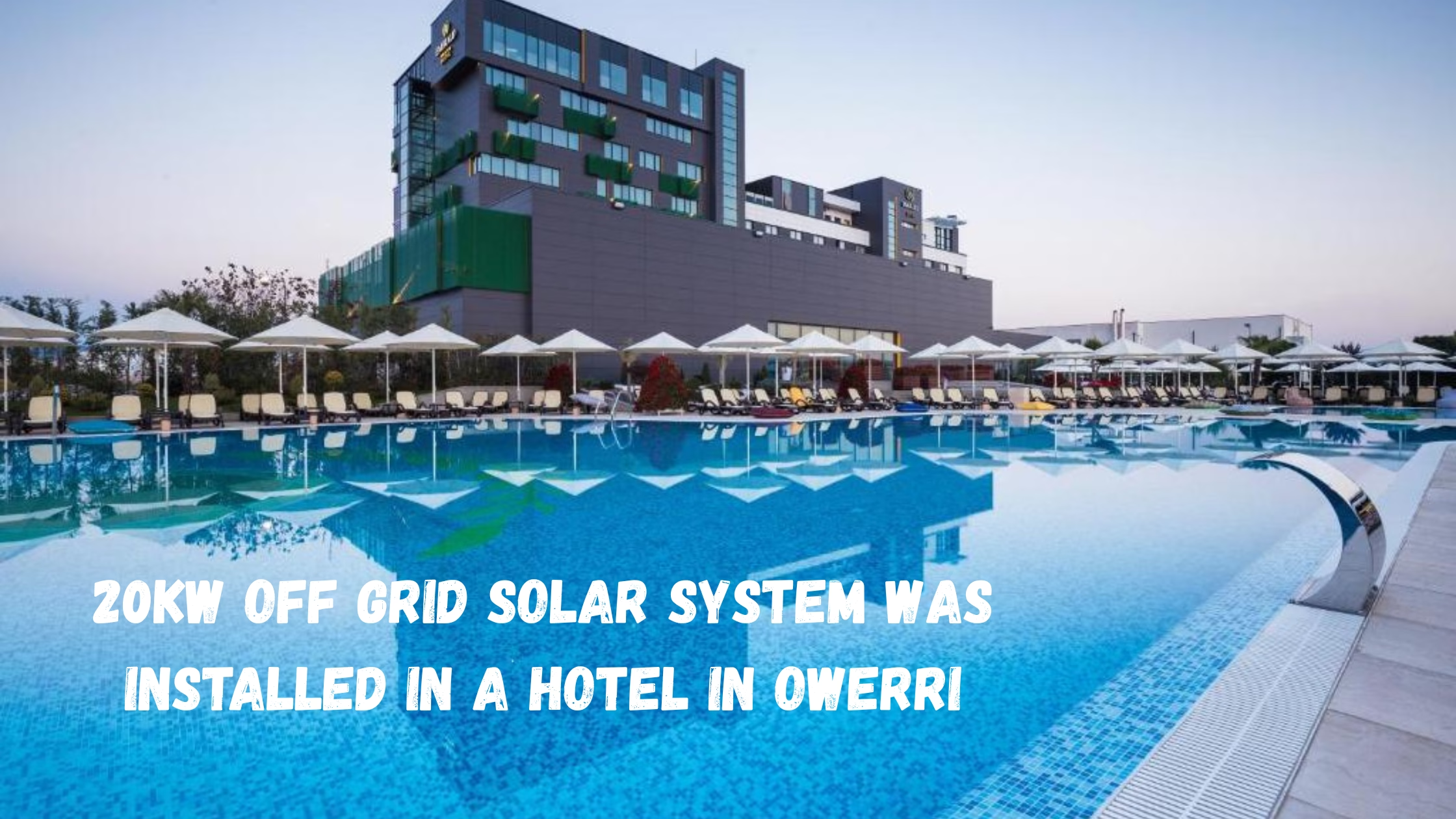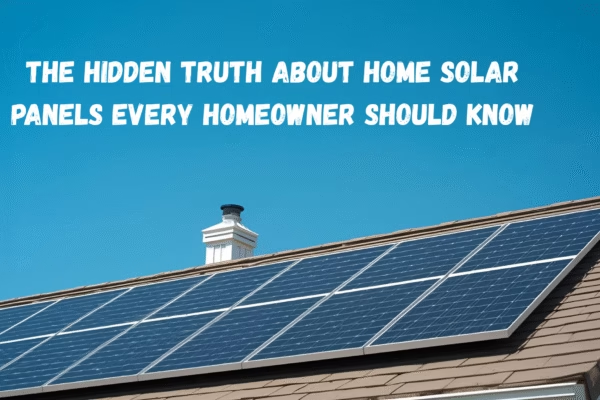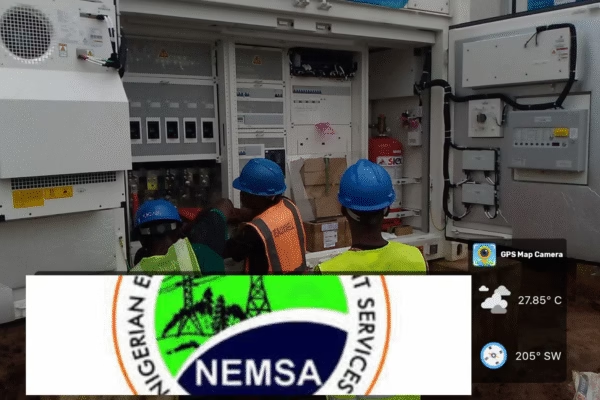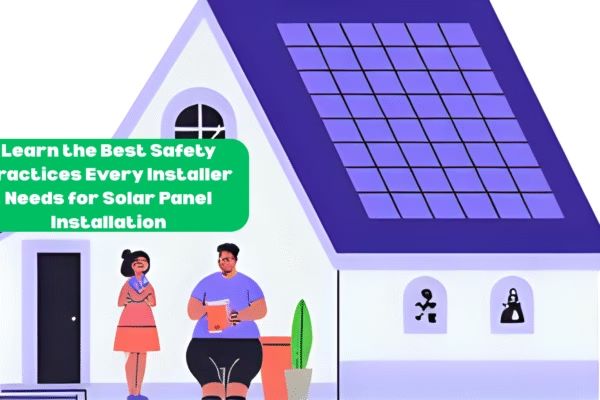Imagine running your hotel without constant power outages or sky-high diesel bills. What if you could switch to reliable energy that pays for itself?
This article covers the step-by-step installation of a 20kW off-grid solar system at Emerald Hotel in Owerri, Nigeria. You will learn the planning process, key components, installation details, challenges faced, and real results from the project.
Why consider this for your own setup? Power cuts disrupt business in Owerri. Hotels lose guests and revenue. This case shows how one hotel fixed that.
Assess Your Needs First
Start by checking your hotel’s power use. At Emerald Hotel, the team measured daily consumption.
They found the hotel used 80-100 kWh per day. This covered lights, air conditioners, TVs, and kitchen equipment for 20 rooms.
Ask yourself: How much power does your hotel need? Track usage for a week. Use a meter to log data.
In Owerri, grid power fails often. Diesel generators cost ₦500,000 monthly in fuel. Solar cuts that.
The hotel aimed for full off-grid operation. No grid tie-in. This meant batteries for night use.
Choose the Right System Size
A 20kW system fits mid-sized hotels. It generates up to 80 kWh daily in sunny Owerri.
Calculate your load. Add up watts from all devices. Multiply by hours used.
For Emerald:
- 20 air conditioners at 1,000W each, running 8 hours: 160 kWh daily peak.
- But actual average: 90 kWh with efficient use.
Oversize slightly for cloudy days. 20kW provides buffer.
What size works for you? For 10-30 rooms, start at 15-25kW.
Gather Components
Select quality parts. Cheap ones fail fast in hot climates.
Key items for the 20kW setup:
- Solar panels: 44 units of 450W mono-crystalline panels. Total 19.8kW output.
- Inverter: One 20kW off-grid inverter. Converts DC to AC.
- Batteries: 16 units of 12V 200Ah gel deep-cycle batteries. Stores 38.4kWh.
- Charge controllers: Four MPPT units. Manages power flow.
- Mounting racks: Aluminum rooftop frames. Holds panels securely.
- Cables and breakers: 500 meters of PV cable, safety switches.
Total cost: ₦20 million. Panels took ₦10 million, batteries ₦5 million.
Source from trusted suppliers like WHC Solar or Tanfon. They offer warranties.
Do you have space? Emerald used 200 sqm rooftop.
Plan the Layout
Design matters. Place panels south-facing for max sun.
At Emerald, engineers surveyed the roof. They checked tilt angle: 10 degrees optimal in Owerri.
Draw a site map. Mark inverter location near main panel.
Factor in shade. Trees blocked one corner. They trimmed them.
Permit process: Get approval from local authorities. In Imo State, submit plans to energy office.
Time this step: 2 weeks.
Install the Mounting Structure
Begin with racks. Secure them to the roof.
Workers drilled anchors. Used waterproof seals to prevent leaks.
This took 2 days. Four team members.
Safety first. Wear harnesses on sloped roofs.
Your turn: Hire certified installers. Check their experience.
Mount the Solar Panels
Fix panels to racks. Connect in series-parallel strings.
Each string: 11 panels. Four strings total.
Use torque wrenches for tight fits.
This phase: 3 days. Weather delayed one day due to rain.
Test connections with multimeter. Ensure no shorts.
Set Up Batteries and Inverter
Place batteries in ventilated room. Ground floor at Emerald.
Connect in banks: 48V system.
Install inverter nearby. Wire to batteries and panels.
Add charge controllers between panels and batteries.
This wiring: 1 day. Electrician handled it.
Run tests. Check voltage output.
Connect to Hotel Load
Link inverter to main distribution board.
Install transfer switch for backup generator if needed.
At Emerald, they kept the generator for emergencies.
Full connection: Half day.
Power on. Monitor for 24 hours.
Face Common Challenges
Installations hit snags. Plan for them.
Supply delays: Batteries arrived late from Lagos. Added 1 week.
Weather: Rain in Owerri slowed mounting.
Cost overruns: Extra cables needed ₦200,000.
Skills gap: Local team trained on MPPT setup.
Dust: Panels need weekly cleaning in dry season.
How do you prepare? Budget 10% extra. Schedule in dry months.
Monitor and Maintain
After install, track performance.
Use app from inverter. Shows daily output.
At Emerald, first month: 75 kWh average daily.
Clean panels monthly. Check batteries quarterly.
Replace parts: Panels last 25 years, batteries 5-7 years.
Set reminders. Train staff.
See the Results
The system went live in May 2025.
Power outages: Zero impact. Batteries cover nights.
Fuel savings: From ₦500,000 monthly to ₦50,000 for rare generator use.
Guest feedback: Quieter rooms, no blackouts.
ROI: Break even in 4 years.
Data supports this. Annual savings ₦6 million.
Chart below shows cumulative savings over 10 years. Assume ₦20 million install, ₦5 million yearly save.
| Year | Cumulative Savings (NGN Millions) |
| 1 | -15 |
| 2 | -10 |
| 3 | -5 |
| 4 | 0 |
| 5 | 5 |
| 6 | 10 |
| 7 | 15 |
| 8 | 20 |
| 9 | 25 |
| 10 | 30 |
Line starts negative, crosses zero at year 4, climbs steady.
What results do you want? Track your metrics.
Benefits for Your Hotel
Cut costs. Solar drops bills 80%.
Gain independence. No grid reliance.
Boost appeal. Guests pick eco-hotels.
In Nigeria, tax incentives apply. Claim 20% credit.
Environment: Reduce CO2 by 50 tons yearly.
Practical tip: Start small. Test 5kW first.
Scale Up If Needed
Emerald plans 10kW add-on.
Assess growth. More rooms mean more power.
Hybrid option: Mix with grid when available.
Ask: Does your hotel expand soon?
Common Questions
What if sun is low? Batteries and generator backup.
How long to install? 2-4 weeks total.
Warranty? 10 years on panels, 5 on batteries.
Financing? Banks offer solar loans at 15% interest.
Maintenance cost? ₦100,000 yearly.
Components in Detail
Break down each part.
Solar panels: Capture sun. Efficiency 20%. In Owerri, 5 sun hours daily.
Inverter: Hearts of system. Handles 20kW load.
Batteries: Store excess. Gel type resists heat.
Controllers: Prevent overcharge.
Racks: Withstand winds up to 150 km/h.
Installation Day by Day
Day 1: Site prep. Clear roof.
Day 2-3: Mount racks.
Day 4-6: Install panels.
Day 7: Wire panels.
Day 8: Set batteries.
Day 9: Connect inverter.
Day 10: Test system.
Day 11-14: Monitor and tweak.
This timeline fits most projects.
Cost Breakdown
Total ₦20 million.
- Panels: ₦10 million
- Inverter: ₦3 million
- Batteries: ₦5 million
- Controllers and racks: ₦1 million
- Labor: ₦1 million
Compare quotes. Negotiate.
In Nigeria, import duties add 10%.
Why Off-Grid in Owerri
Local grid unstable. Outages last hours.
Diesel expensive. Price ₦800/liter.
Solar abundant. 2,000 sun hours yearly.
Hotels benefit most. Constant load.
Real Example from Similar Project
In Calabar, a hotel installed 20kW. Saved ₦4 million first year.
They faced wiring issues. Fixed with better cables.
Your project: Learn from others.
Data on Solar in Nigeria
Over 10,000 installations in 2025.
Hotels adopt 20%. Growth 30% yearly.
Average payback: 3-5 years.
Source: Nigerian Energy Commission.
Actionable Steps for You
- Audit power use.
- Contact installers.
- Get quotes.
- Apply for permits.
- Install.
- Monitor.
Start today. Call a local firm.
Long-Term Insights
Systems last 25 years.
Upgrade batteries every 7 years.
Track tech advances. New panels 25% efficient.
What future for your hotel? Solar secures it.
Six months in: System at 95% efficiency.
Savings exceed estimate.
Guests rate higher.
Do you see this for your place?




